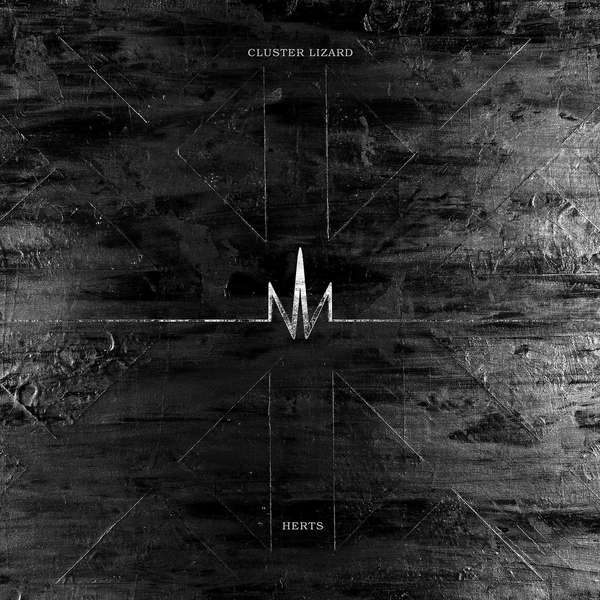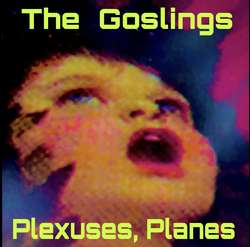Dmytro Fedorenko and Kateryna Zavoloka are two legendary artists who have defined much of contemporary experimental electronic music through both their various projects and through the now-defunct Kvitnu record label. One of their newer collaborations is Cluster Lizard, a project that has undergone an interesting evolution. Starting in 2017, Fedorenko and Zavoloka opted for a deeply off-kilter approach, with Edge of the Universe touching upon various sonic territories. Noise components met with dark ambient space, and leftfield ambitions coalesced with abstract structures. While this palette has remained present, the initial drone-y and abstract approach has been increasingly taking a more solid form.
Herts is the latest stage in this evolution. And yet, the start does point to the ambient and ritualistic experience. The title track moulds its immersive core, projecting an otherworldly ceremony through the tribal spirit that lurks within. The percussion is hypnotic, and the ambient pull is strong. This is manifested in "Free Steppe" with its circular motifs, while "And The New Fire Rises" hints at an underlying grandeur akin to Pan Sonic's vision. It is an outward-looking stance, looking beyond the cosmos through a slow-moving, ever-changing tapestry of sounds.
Yet, Cluster Lizard's ambiance was never about peaceful serenity. There was always something disturbing and fiery in its core. This is further augmented by their use of noise and distortion, a rich layering of drones and feedback that creates a towering effect. Fedorenko and Zavoloka are masters of this, and they offer some surprising moments. The start of "Blind Fury" morphs the harsh synthesizers to resemble a guitar riff, an uncanny hook that they can tap into throughout the track. And it is this mode that showcases an Autechre playfulness, which really comes together on the intricate rhythmic structures. "Over Life" showcases this complex structuring, intermingling the erratic polyrhythm with an interplay of timbre.
But while this adventurous, exploratory sense can create a much-welcomed unpredictability, it does not infect the dark, underlying core. The mystique is still there, the passages radiating with a Lustmord-ian darkness at times. Similarly, the rhythm and its meticulous design can project a polemic feeling. That is especially the case with "Kalyna," which channels a dark and ominous essence, a hurried but determined movement through perilous grounds.
And so Cluster Lizard's transformation is successful. Fedorenko and Zavoloka have defined a more solid form for Herts, and their approach gains from this newfound directness. They are now able to create expressive hooks and stunning rhythms. But, at the same time, they have retained their experimental identity, their deep thinking on structure and atmosphere. And so, Herts proves that Cluster Lizard can carve order from chaos without ever softening their edge, a reminder that the duo’s vision grows more luminous the deeper it dives into the dark.



